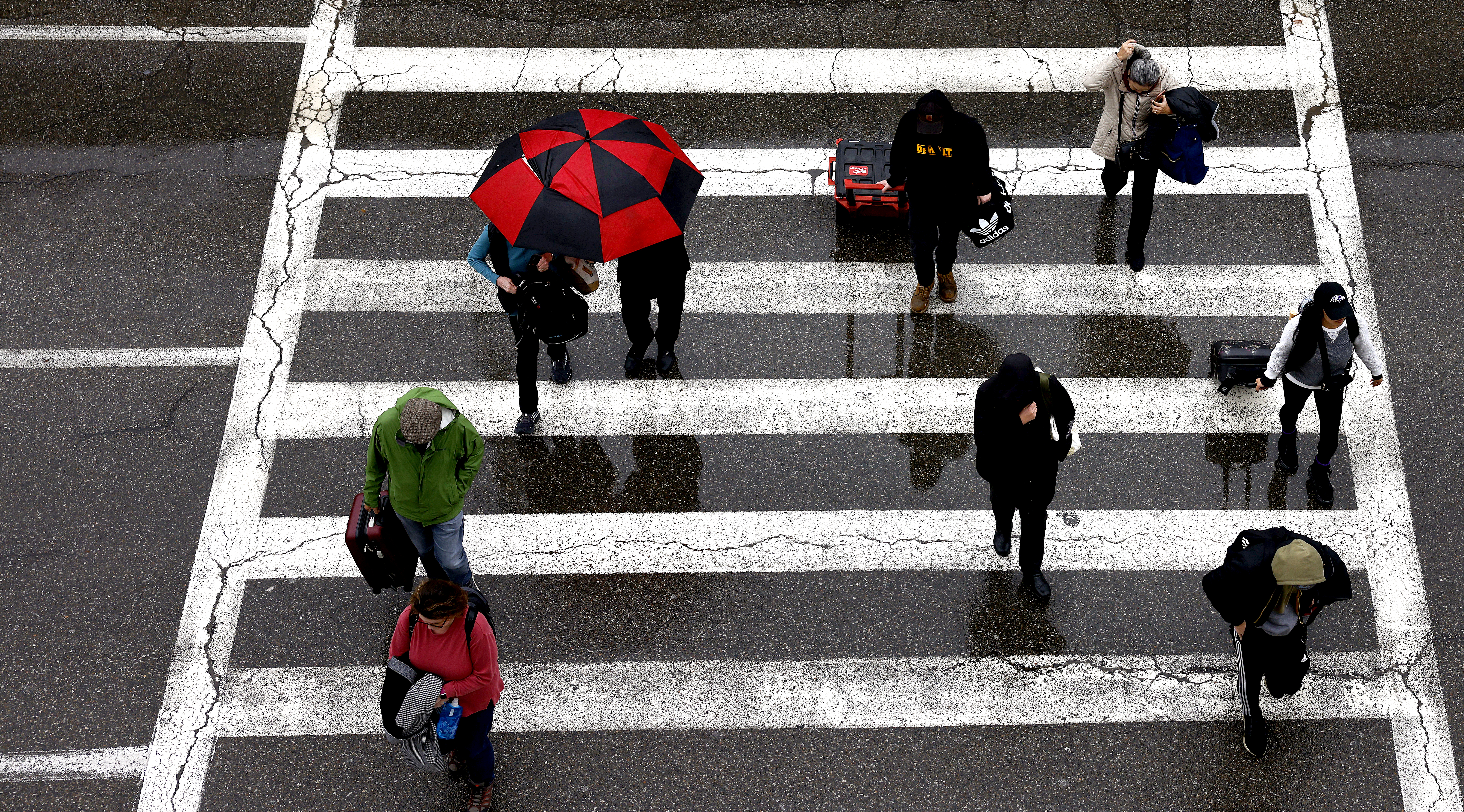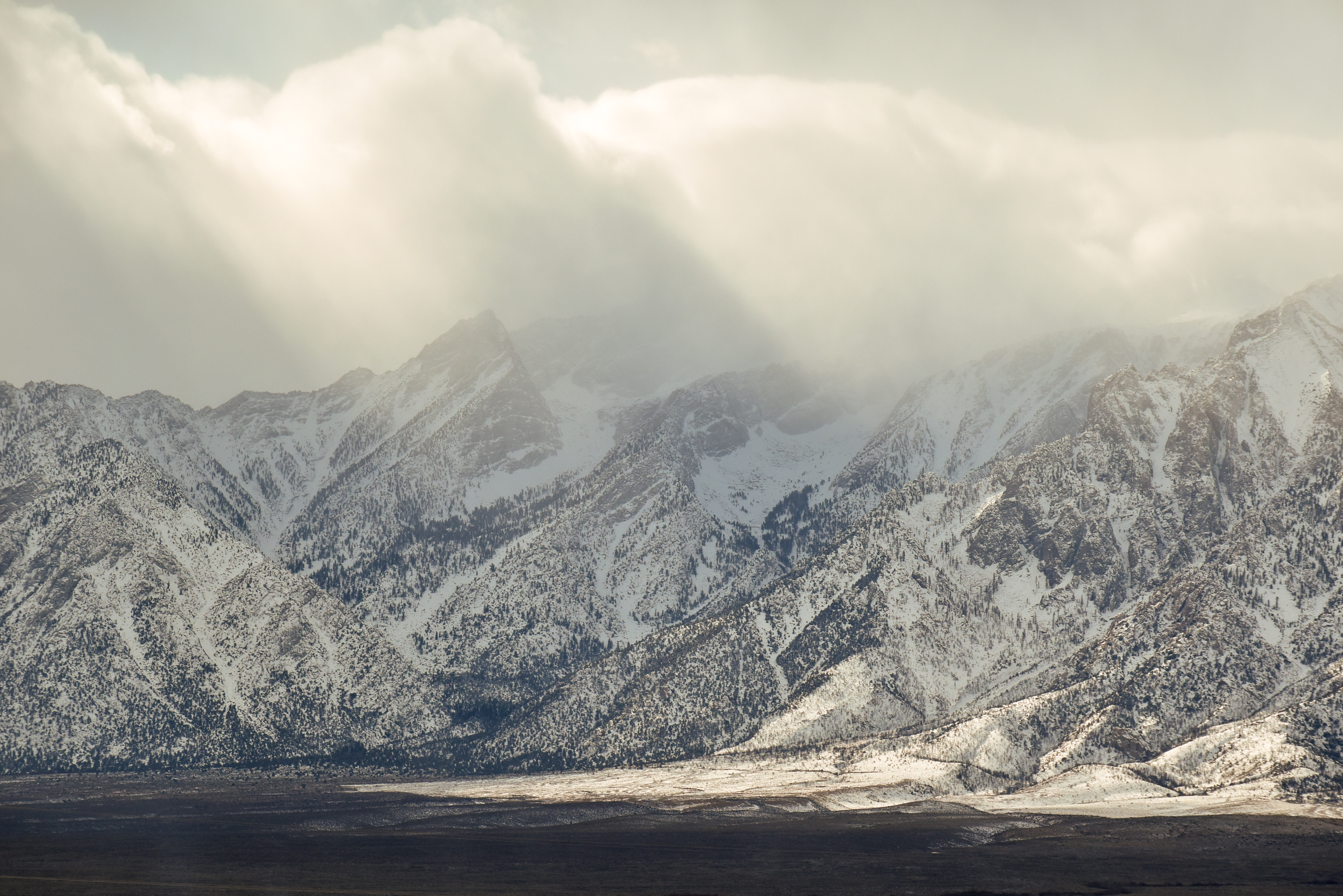What to Know
- After a slow start to the wet season, several storms brought rain and snow to California in February.
- Despite record rainfall in Los Angeles, Northern California is only just approaching its annual average.
- The vital Sierra Nevada snowpack has rebounded from a poor start to the wet season.
After a dry start to winter, California's rainy season is finally well under way.
December downpours sent water racing through streets in coastal Ventura County and the city of Santa Barbara. Flash floods hit San Diego in late January, and back-to-back atmospheric river-fueled storms arrived earlier this month, causing wind damage in Northern California and hundreds of mudslides in Los Angeles. Yet another storm blew through over Presidents Day weekend.
The frequent deluges have fended off a return to the drought that's plagued the state over the past decade. Some parts of California are so wet these days that even Death Valley National Park has a lake big enough for kayakers. Still, the state is not on pace for a repeat of last year's epic rain. And the mountains haven't seen nearly as much snow.
Get top local stories in Southern California delivered to you every morning. Sign up for NBC LA's News Headlines newsletter.
Here's a look at California's winter so far.
Has all this rain helped California?
Downtown Los Angeles has received nearly 17.8 inches of rain, already more than an entire year's worth of annual precipitation, which is measured from Oct. 1 to Sept. 30 of the following year. This is now the fourth-wettest February in downtown since since weather records began in 1877.
But while rainfall has reached historic levels in Southern California, it remains to be seen if the year will be regarded as very wet for the state overall.
Northern California is only just approaching its annual average, with about a month and a half to go for the wet season, which “makes it very hard to get ‘extremely wet,’” said Jay R. Lund, vice-director of the Center for Watershed Sciences at the University of California, Davis.
“We're already wet enough that it's not going to be a deep drought year, and the really wet years, they are already much wetter than this," Lund said.
What about winter snow?
The vital Sierra Nevada snowpack, which normally supplies about 30% of California’s water when it melts, has rebounded somewhat from a slow start.
The snowpack’s water content Wednesday was 86% of normal amounts to date and 69% of the April 1 average, when it is normally at its peak, according to the state Department of Water Resources.
On Jan. 30, the water content was just 52% of the average for that date — a far cry from a year earlier when it was around 200% of its average content, thanks to repeated atmospheric rivers that dramatically ended California’s driest three-year period on record.
Were California's water reservoirs replenished?
Even with the laggard start to the current rainy season, water storage in California’s major reservoirs has been well above average thanks to runoff from last year’s historic snowpack.
The Department of Water Resources announced Wednesday that the State Water Project is forecasting that public water agencies serving 27 million people will receive 15% of requested supplies, up from December's initial 10% allocation.
The department said that the assessment doesn't include the impact of storms this month, and the allocation could be further revised in mid-March.
Lake Oroville, the State Water Project's largest reservoir, was at 134% of its average amount to date, but the department noted that the Northern California headwaters of the State Water Project saw below-average precipitation from storms over the past two months.
Contractors of the Central Valley Project, a federally run system that supplies major farming districts, will also receive 15% of their requested water supplies, federal authorities said Wednesday. That could change with more storms.



